Optimal Timing for Insulated Siding Installation
Insulated siding installation can be performed throughout most of the year, but optimal conditions depend on climate and weather patterns. Temperatures between 50°F and 85°F are ideal for ensuring proper adhesion and installation quality. Avoiding extreme cold or heat can prevent issues such as material warping or improper sealing.
Spring offers moderate temperatures and longer daylight hours, making it suitable for installation projects without weather-related delays.
Warm weather facilitates easier handling of materials, but high temperatures may require scheduling during cooler parts of the day to prevent material warping.
Fall provides cool, stable conditions and less humidity, which can enhance adhesion and curing processes.
Cold temperatures and snow can hinder installation and affect material performance, making winter less ideal unless conditions are carefully managed.

Workers installing insulated siding during spring with mild temperatures and clear skies.
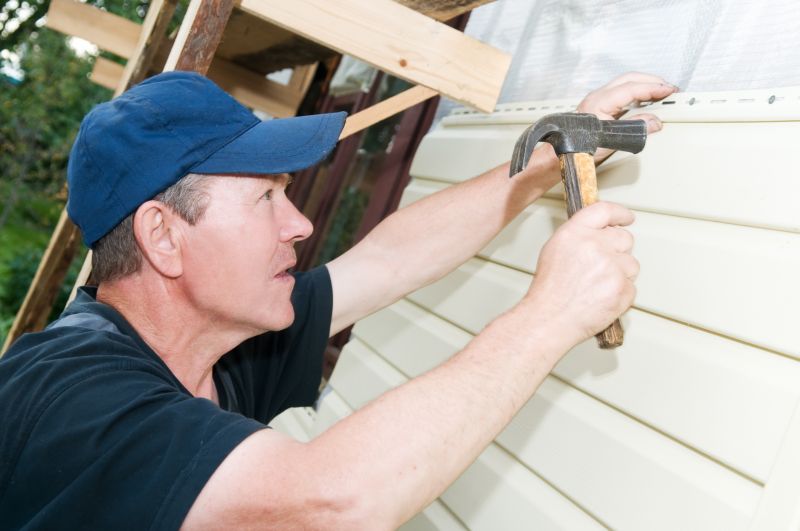
Installation underway in warm weather, demonstrating material handling in high temperatures.

A crew working on insulated siding during fall with cool, dry conditions.
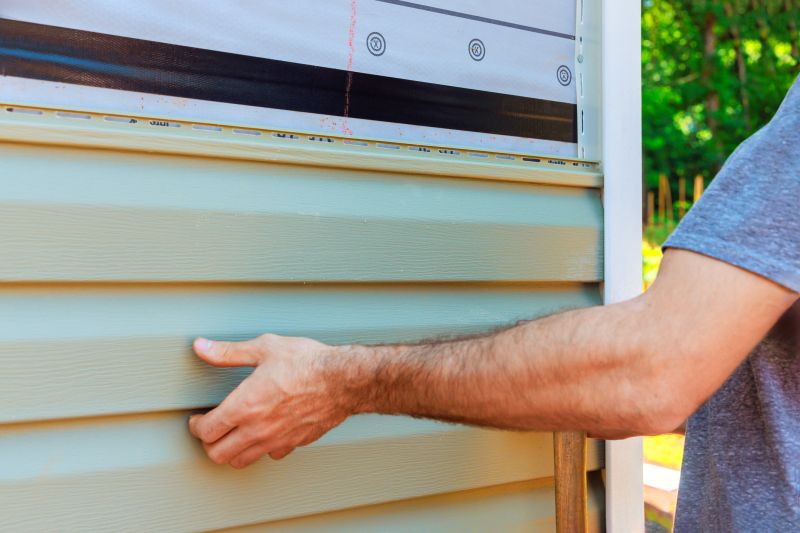
Ways to make Insulated Siding Installations work in tight or awkward layouts.
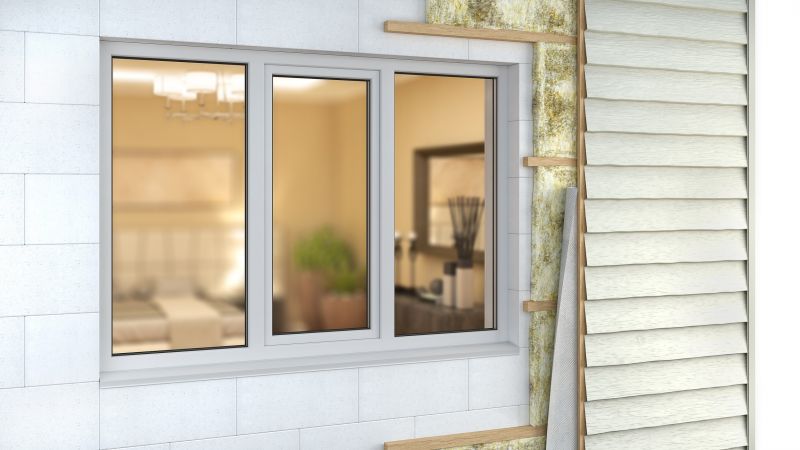
Popular materials for Insulated Siding Installations and why they hold up over time.
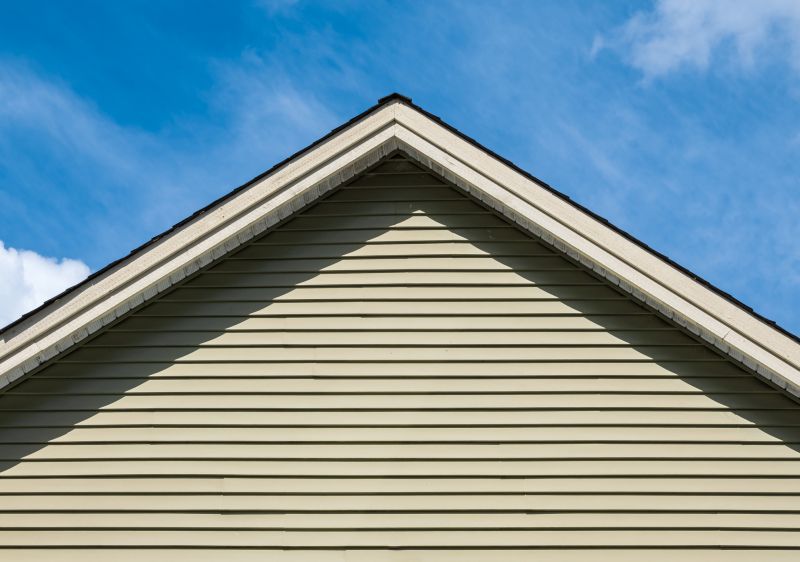
Simple add-ons that improve Insulated Siding Installations without blowing the budget.
| Season | Ideal Conditions |
|---|---|
| Spring | Moderate temperatures, longer daylight, less humidity. |
| Summer | Warm weather, but schedule during cooler parts of the day. |
| Fall | Cool, dry weather with stable conditions. |
| Winter | Cold temperatures and snow may delay or complicate installation. |
Insulated siding installations are influenced by weather conditions, as proper adhesion and sealing are crucial for durability and insulation performance. Installing during favorable weather can help ensure the longevity and effectiveness of the siding. It is important to consider local climate patterns and forecasted conditions when scheduling installation projects.
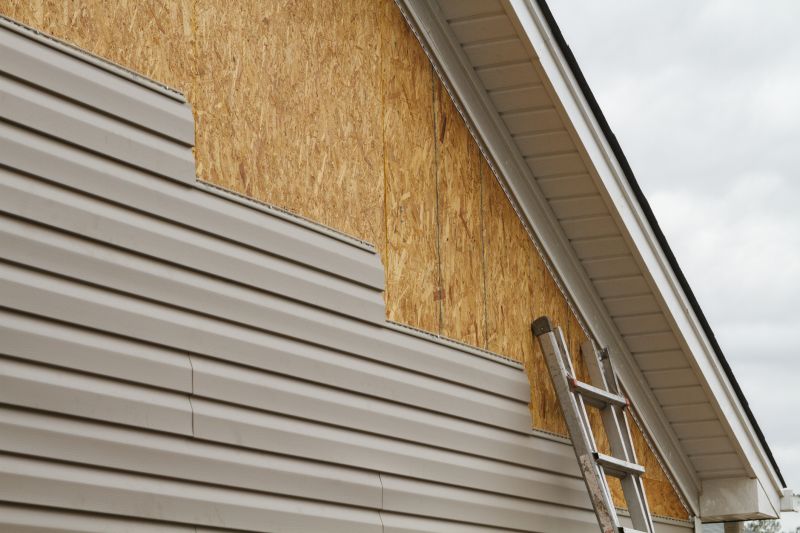
A completed insulated siding project in clear, mild weather conditions.

Technicians working in controlled conditions to ensure quality installation.

Preparation in favorable weather to ensure proper application and adhesion.

Inspection of insulated siding after installation in suitable weather conditions.
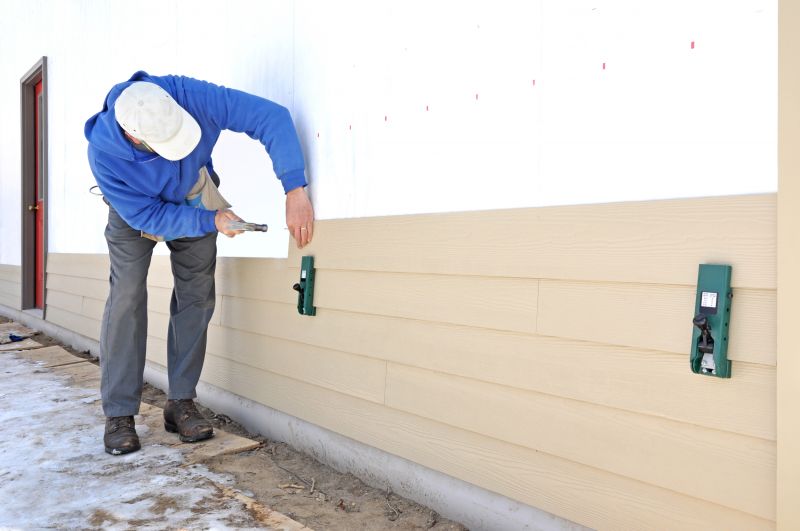
High-end options that actually feel worth it for Insulated Siding Installations.
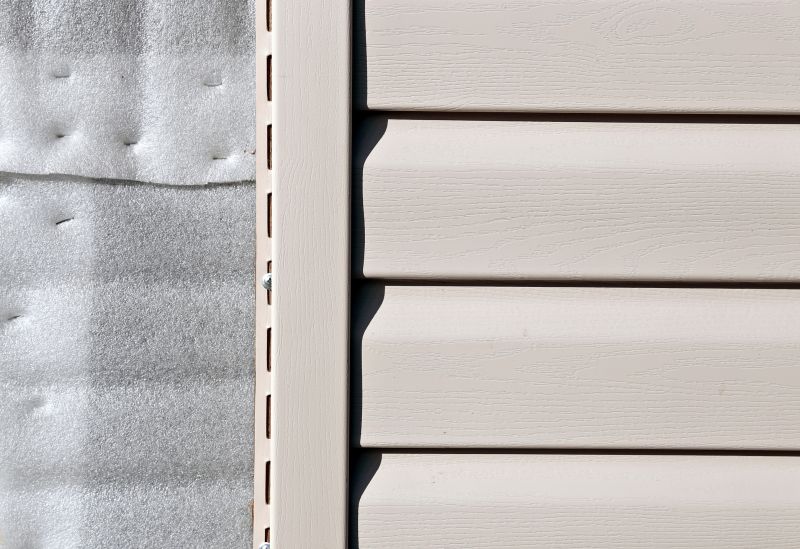
Finishes and colors that play nicely with Insulated Siding Installations.

Little measurements that prevent headaches on Insulated Siding Installations day.
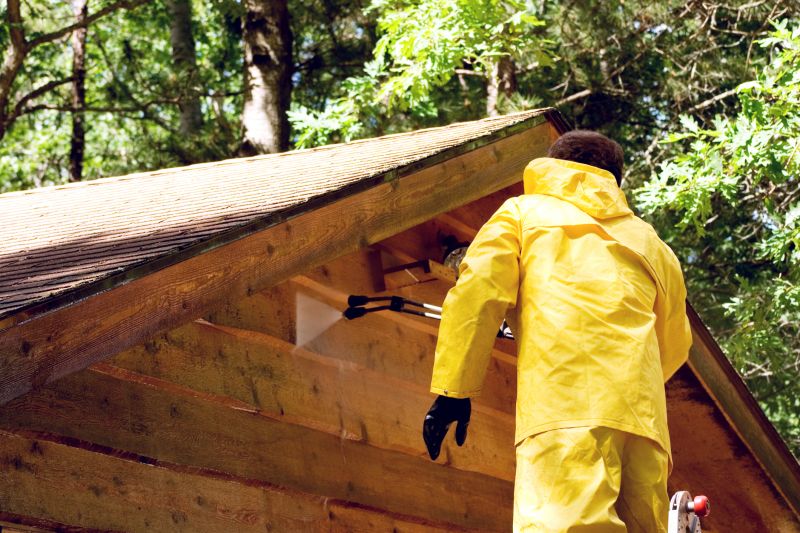
A 60-second routine that keeps Insulated Siding Installations looking new.
Interested parties are encouraged to contact for more information about scheduling insulated siding installations. Proper timing can enhance the quality and durability of the siding, ensuring long-term performance and satisfaction.
